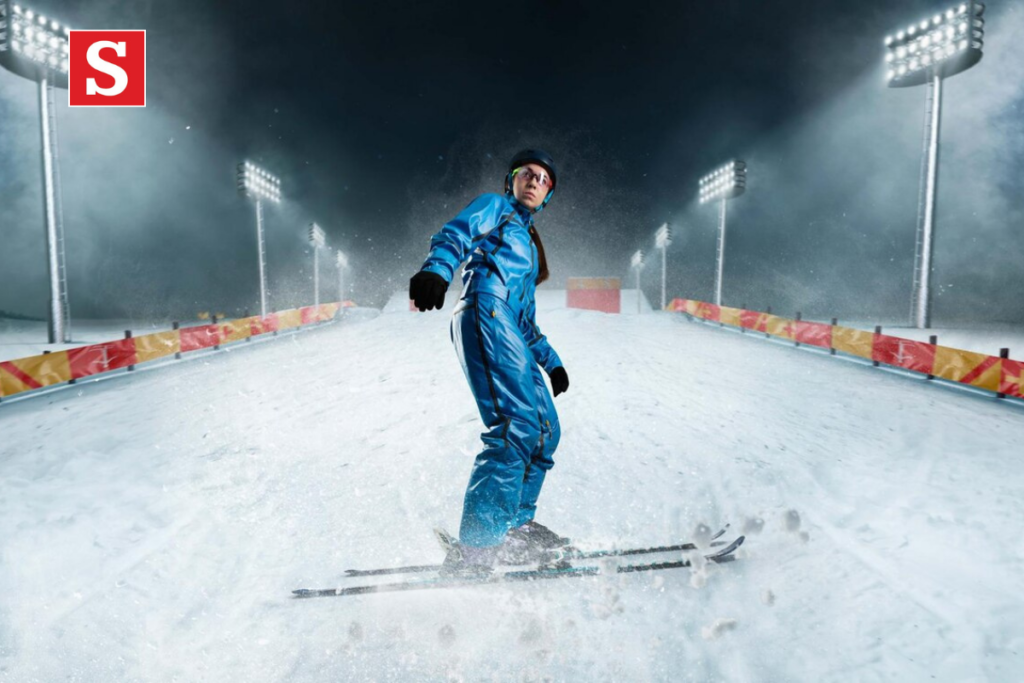The world of ice hockey is filled with moments of triumph and glory, but it has also witnessed heart-wrenching tragedies. The death of a hockey player is a profound loss not only for the player’s family and team but also for the entire sports community. These incidents serve as somber reminders of the risks athletes face on and off the ice.
In this article, we delve into notable cases of hockey players who lost their lives prematurely. We’ll also explore the broader impact of these tragedies and provide resources for those seeking to understand this sensitive topic better.
Iconic Cases of Hockey Player Deaths
Adam Johnson
One of the most recent tragedies to shake the hockey world was the untimely death of Adam Johnson. A former NHL player, Johnson tragically passed away due to injuries sustained during a hockey game. The incident occurred when an on-ice collision resulted in a freak accident involving his neck. His death not only shocked fans but also raised questions about player safety in the sport.
For more information on the investigation surrounding Adam Johnson’s death, you can refer to this CBS News report.
Historical Losses
Tragic deaths of hockey players are not new. From freak accidents during games to off-ice incidents, these events have left a lasting impact on the sport. For a comprehensive list of players who lost their lives during their careers, visit this Wikipedia page.
The Impact of Tragedy on the Hockey Community
When a hockey player is killed, the ripple effects extend far beyond their immediate circle. Teammates, fans, and aspiring athletes all feel the weight of the loss. These incidents often lead to:
- Enhanced Safety Measures: Following major tragedies, leagues often implement stricter safety protocols to protect players. For instance, mandatory neck guards and better protective gear have been introduced in response to on-ice accidents.
- Community Solidarity: The hockey community rallies together to support the player’s family and teammates. Fundraisers, memorial games, and tributes are common ways of honoring the deceased.
- Mental Health Awareness: The psychological toll on teammates and witnesses is immense. Recent tragedies have spurred discussions about providing better mental health support for players and their families.
Examining Safety in Hockey
On-Ice Risks
Ice hockey is an inherently physical sport, and the risk of injury is high. While protective equipment has evolved over the years, certain areas remain vulnerable. Neck and throat injuries, for example, are a growing concern. Adam Johnson’s death has reignited discussions about mandating neck guards for all players.
Off-Ice Challenges
Off the ice, players face additional risks. Car accidents, substance abuse, and mental health struggles have also claimed the lives of several hockey players. These incidents highlight the need for holistic support systems for athletes.
Related Stories: Johnny Gaudreau’s Tribute
Tragedies often inspire heartfelt tributes from fellow players. Johnny Gaudreau, an NHL star, paid his respects to fallen players during a recent interview. His comments emphasized the importance of cherishing every moment on the ice. You can read more about Gaudreau’s tribute in this AP News article.
Honoring the Fallen
The hockey world has a rich tradition of honoring players who lost their lives. Memorials, jerseys retired in their honor, and charitable foundations set up in their names ensure that their legacy lives on. For fans and players alike, these gestures serve as poignant reminders of the fragility of life and the unity of the hockey community.
Conclusion
The death of a hockey player is a sobering event that underscores the risks associated with the sport. While tragedies like Adam Johnson’s death are heartbreaking, they also drive important conversations about player safety and community support. As the hockey world continues to evolve, ensuring the well-being of players both on and off the ice remains a top priority.




